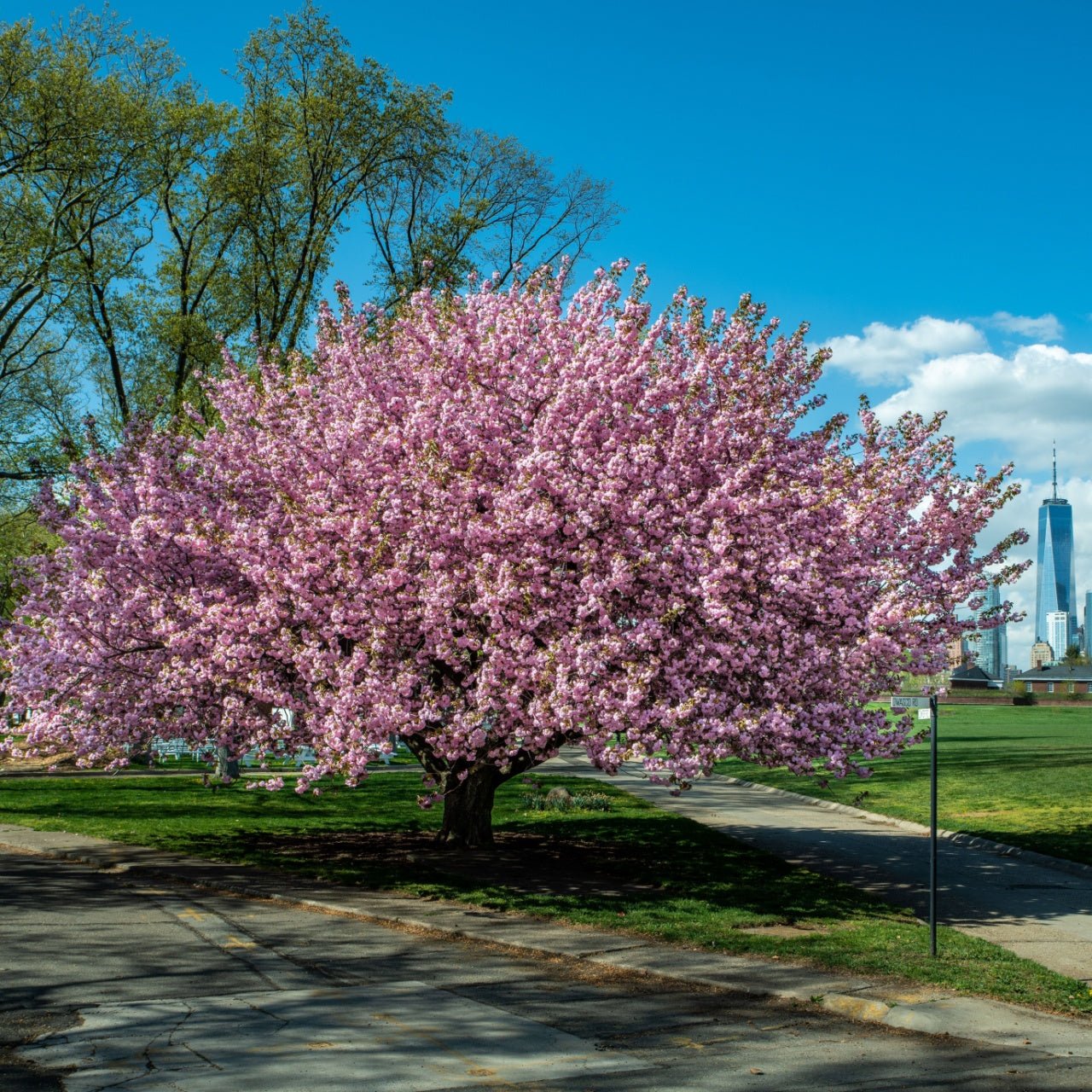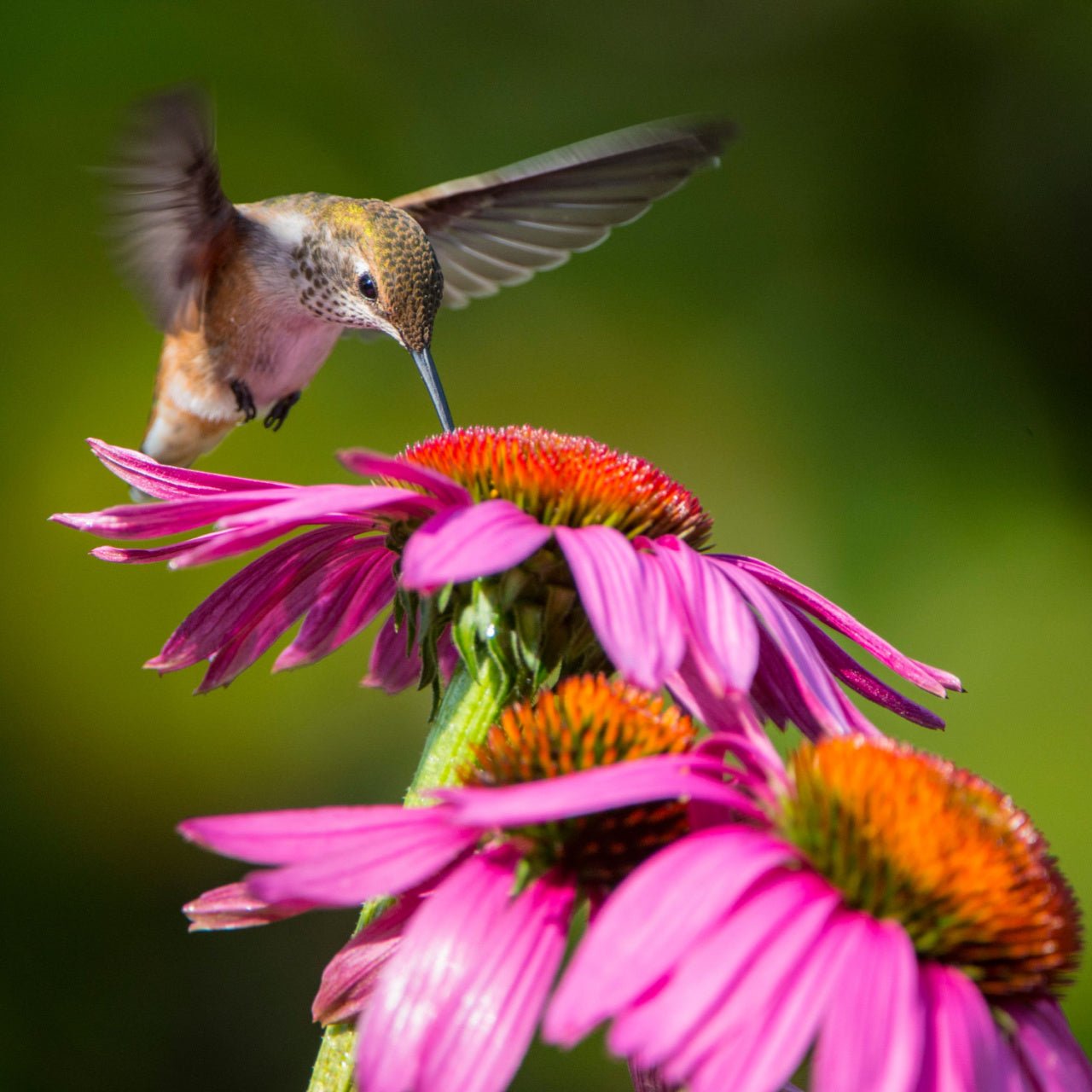
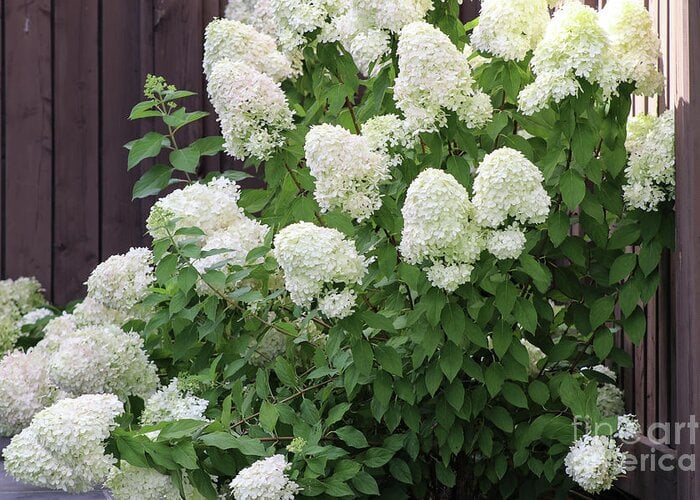
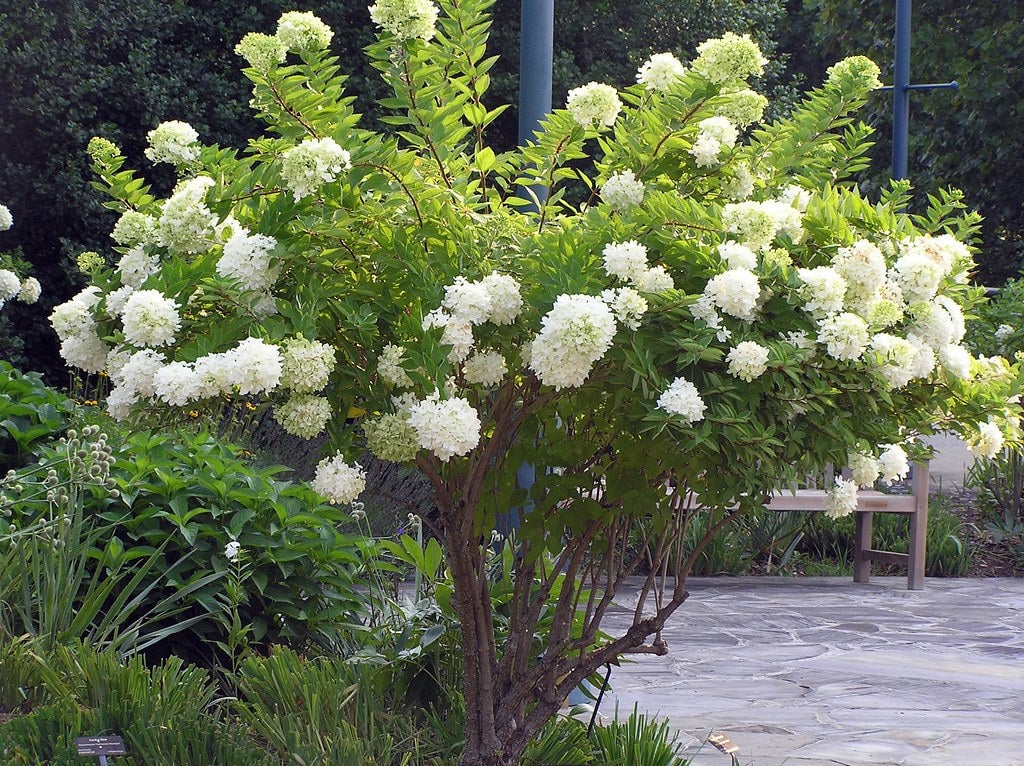
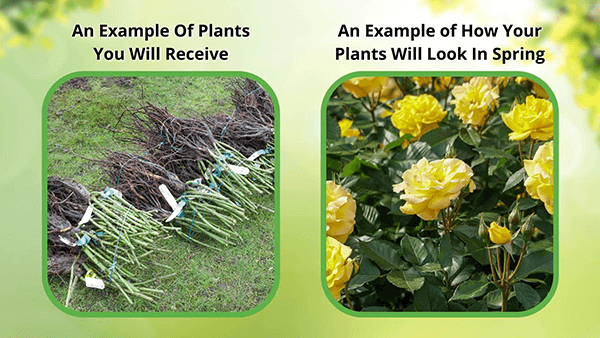

PeeGee Hydrangea
Beautiful, large blooms in summer
Easy to grow and maintain
Enhances landscape aesthetic appeal
Thrives in
ZONE 3ZONE 4ZONE 5ZONE 6ZONE 7ZONE 8ZONE 9This plant ships:
November 20251 Year Guarantee on all plants
PeeGee Hydrangea - Hydrangea paniculata 'Grandiflora'
PeeGee Hydrangea (Hydrangea paniculata 'Grandiflora') has a robust growth habit and impressive blooms which has made it a popular and notable staple in North American gardens. It is deciduous and can grow quite large, up to 20 feet tall and wide, making it a stately garden addition. This plant can be cut into a hedge, planted along with other shrubs in a mixed border or can be used as a specimen.
In the spring, this shrub produces a flush of ovately shaped, bright green leaves with gently serrated edges. It is deciduous and the foliage undergoes a mild color change in the autumn showing off purple and yellow tones.
Plant Details - PeeGee Hydrangea
Family: Hydrangeaceae
Hardiness Zones: 3 to 8
Light Requirement: Full sun to partial shade
Water Needs: Moderate to high
Height: 10 - 20 ft
Spread: 8 - 15 ft
Growth Rate: Fast
Bloom Time: Mid to late summer - fall
Flower Color: White
Wildlife Value: Attracts pollinators, especially bees
The PeeGee Hydrangea blooms profusely from midsummer developing huge conically shaped, flower clusters that reach up to 18 in in length. The flowers start out white, and then take on a pink shade before turning beige in autumn. Not only are the flowers strikingly beautiful but they also harbor a delightful fragrance which is very attractive to pollinators. As cold weather approaches in the autumn, the flowering season ceases and the leaves begin to senesce.
Predominately consisting of densely packed sterile flowers, each cluster is long lasting, enduring for several weeks. Because of their lasting beauty, they make great cut flowers for bouquets to brighten your home or to give to loved ones.
Landscape Uses and Maintenance - PeeGee Hydrangea
It is an easy-to-grow shrub and maintains a vase-like shape without pruning. It prefers part shade to full sun locations, with ideal blooming in areas that receive at least six hours of sunlight per day. In warm climates, afternoon shade will help maintain soil moisture. It is a sturdy plant and the flower clusters are easily held up during nasty weather ensuring that your garden remains a beautiful standard regardless of the climatic conditions. For best flower production, prune in late winter by cutting back the year’s growth by 12-18 in.
It prefers well-drained, neutral to acidic, loamy soils with some organic matter. Add mulch annually to help maintain moisture around this plant’s shallow roots. Soil pH will not change the color of the flower clusters as is the case with some other hydrangeas. In humid conditions, aphids, powdery mildew and spider mites can be an issue, however it tolerates cold weather and high heat conditions.
Noteworthy Characteristics
Profuse blooming, showy flowers, attractive to pollinators
This shrub is sure to bring long lasting beauty to your garden as it blooms impressively large flower clusters all summer long. Shop for PeeGee Hydrangea shrubs online at TN Nursery. For 68 years, we have served the landscaping industry and homeowners with specimen plants.
This Is How Your Plants Will Look upon Delivery
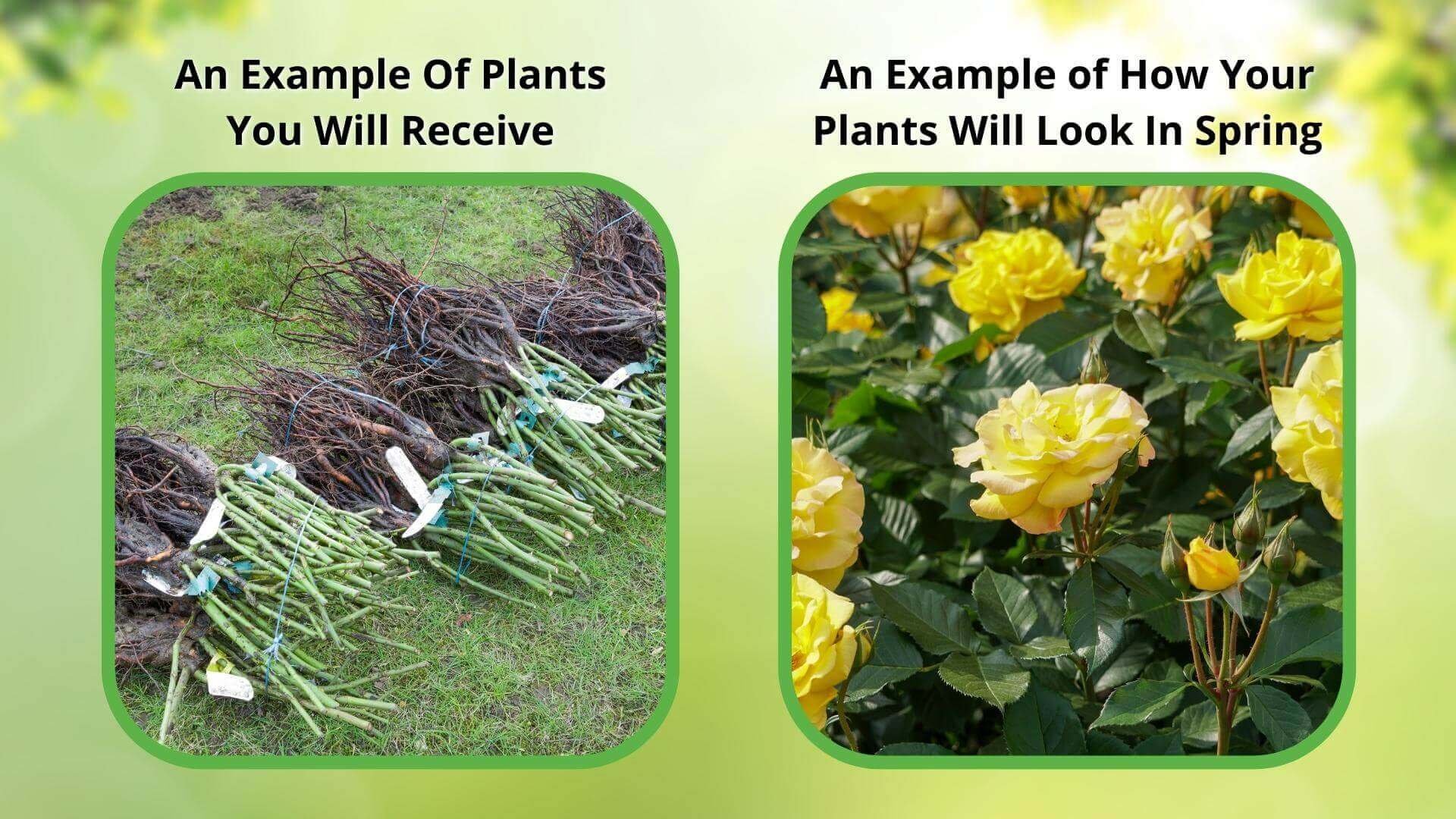
Bloom Season
Summer
Bloom/Foliage Color
White
Height at Maturity
Over 10 Feet
Care
peegee hydrangeas thrive in well-drained soil with consistent moisture and should be watered regularly. After flowering, prune the plants and mulch around the base. Fertilize the plants in early spring for best results.
Plant Reproduction
Peegee Hydrangea spreads by sending out low-growing, spreading shoots.
Plant bare-root shrubs during the more excellent spring or fall months, from November through April. Dig a hole twice as wide as the root system and slightly more profound than its height. Position the shrub so that the top of the roots is level with the ground, and put back the soil dug over the roots. Apply a 2-3 inch layer of mulch around the base to retain moisture and suppress weeds, ensuring the mulch does not touch the shrub's stem. Water regularly, especially during the first year, to establish strong roots. Prune shrubs as needed to promote healthy growth. In the spring, fertilize with a balanced, slow-release fertilizer suited to the specific needs of the shrub.
Shipping date depends on the date displayed and chosen when you order from the product's page.
We only accept returns on plants verified dead. If you think your plants have died, we offer a 1 year warranty, please use this File a Claim Link to verify dead plants and start with return warranty process.






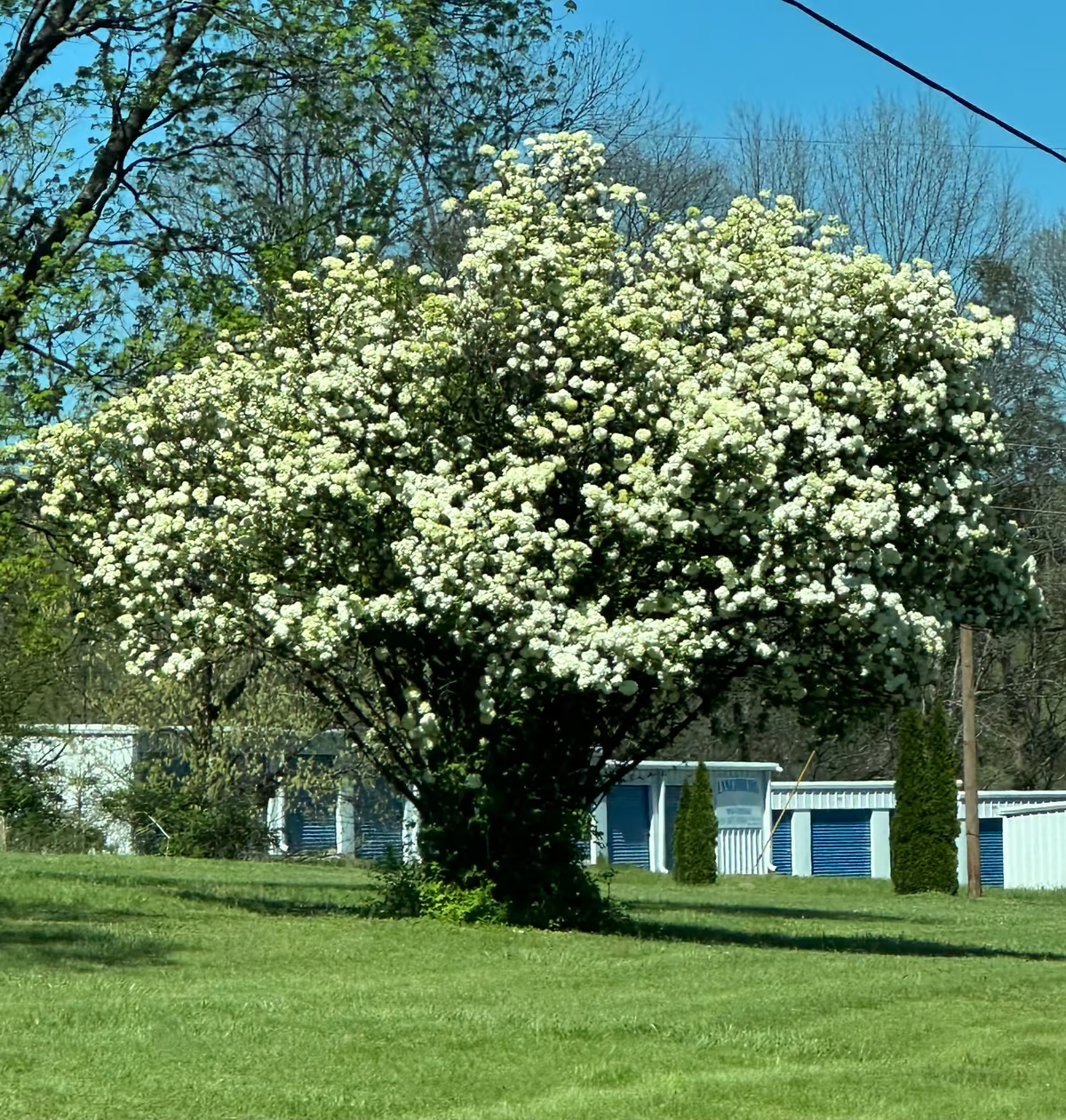
Delightful Aroma:
The Japanese Hydrangea's subtle, sweet fragrance, reminiscent of alyssum or jasmine, adds a pleasant touch to your garden's scent profile.
Timeless Elegance:
With its large flower clusters and delicate petals, the shrub brings a classic, refined beauty to any landscape.
Impressive Bloom Size:
The rounded clusters of blooms can reach up to 10 inches in diameter, providing a dramatic addition to gardens
Versatile Appeal:
Perfect for both private gardens and event venues, Japanese Hydrangea’s stunning blooms enhance outdoor weddings and special occasions.
Caring Tips
How do I care for my PeeGee Hydrangea?
Each box contains detailed care instructions and information about your product. But here's the basics.
Care Tips
peegee hydrangeas thrive in well-drained soil with consistent moisture and should be watered regularly. After flowering, prune the plants and mulch around the base. Fertilize the plants in early spring for best results.
Light Requirements
Peegee Hydrangeas thrive in partial to full shade and prefer morning sun with protection from hot afternoons. They maintain vibrant blooms and lush foliage.
Hardy Planting Zones
3 • 4 • 5 • 6 • 7 • 8 • 9
Header
Use this content to share information about your store and products.
Frequently Asked Questions
How often should I water my plants?
How do I know if my plant is getting too much or too little sunlight?
What should I do to prepare my plants for winter?
What are the signs that my plant needs fertilizing?
How can I prevent pests from damaging my plants?
How do I choose the right plant for my climate zone?





